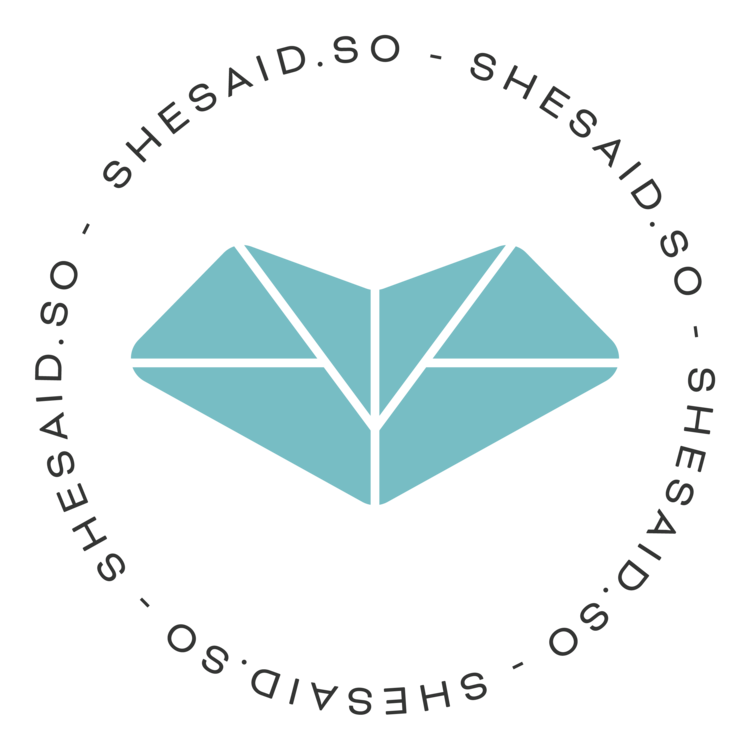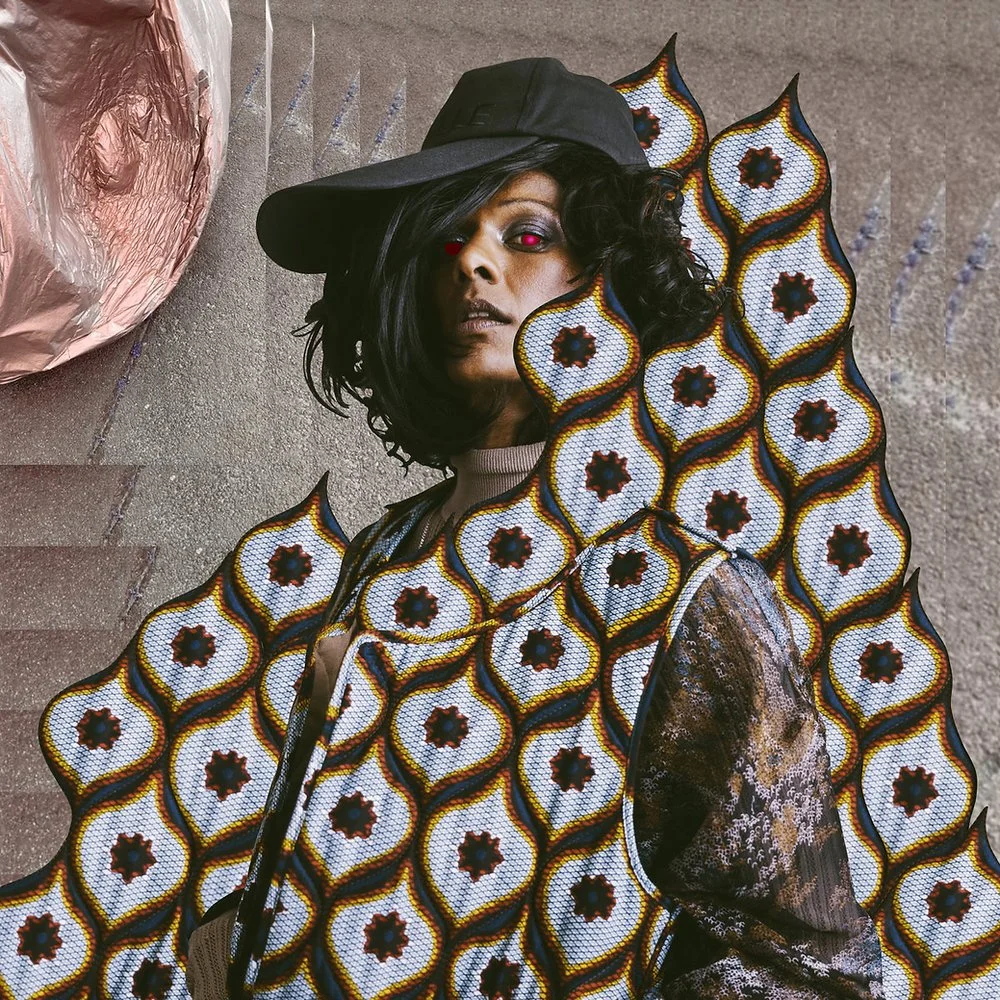Photo credit: Gene Glover
Berlin-based producer, vocalist, and sound artist Perera Elsewhere returns with her fourth album, Just Wanna Live Some, out 24 October via LA label Friends of Friends. The record captures her distinct mix of experimental pop, dub, grime, and electronica, a sound she’s refined over a decade of boundary-pushing releases that first led critics to coin the term “doom folk.”
The album’s focus track, “Dream Like That,” pairs Perera’s poetic reflections on addiction and capitalism with cigarette lighter clicks, deep dub bass, and trumpet-led textures. Across twelve tracks, Just Wanna Live Some balances introspection with urgency, moving between moods of melancholy, defiance, and ecstatic release.
Known for her singular approach to voice manipulation and hybrid sound design, Perera — born Sasha Perera — has long blurred the lines between the cerebral and the physical. Her work has earned praise from Vogue, Pitchfork, and Clash, who have each celebrated her ability to fuse raw emotion with sonic experimentation. Over the years, she’s collaborated with artists such as Nina Hagen, Aho Ssan, Maral, and KMRU, while continuing to teach workshops and champion independent artistry from Berlin to Yale.
In this Q&A, we speak with Perera Elsewhere about the ideas behind Just Wanna Live Some, her collaboration with Ivorian rapper Andy S, early memories of bringing grime and dubstep to Berlin, and the creative exercises she uses to inspire the next generation of producers.
What’s the story behind your new album Just Wanna Live Some?
I guess reacting to the world we live in which is kinda depressing as usual and just wanting to live instinctually and take each day as it comes as reflecting on stuff sometimes is just too much. That is my take on the album title, which is kinda nihilist and hedonist in is stance. But as it is in life, you do end up reflecting and cant just ignore stuff, so as you can hear on the album there are some pretty huge mood swings; songs and tracks to dance to, to cry to and some very mega doom-folk soundtracks for the post-apocalypse.
You and Andy S first connected after you played her track in a Boiler Room set. What drew you to her music, and what made this collaboration feel special?
I guess the fact I have been to Cote D’Ivore 3 times in my life; first for the Goethe Institut to teach Ableton and play and then later again to play directly with promoters there - specifically Isa aka DJ Chabela, who booked me there after being the only female in my audio production workshop.
So I had some ‘70s Ivorian tunes in my Spotify and on vinyl. Thus the ‘algoriddim’ suggested an Andy S tune called ‘Prodada’. I bought it and played in in my Boiler Room set. Ivory Coast might have had no meaning for another DJ, but I actually like returning to places on multiple occasions. So working with Andy S was continuing/ deepening a relationship I have with the artists, people, country and music of Ivory Coast. Revisiting things makes sense to me.
You were one of the first promoters to bring grime and dubstep to Berlin. Looking back, how do you remember that moment in the city’s music history?
I mean Berlin had an early appreciation of Jungle and DnB etc. There’s this old lie/myth that Berlin club life was only built on techno. It was actually build on DIY, and there was a hunger for all kinds of music, and also Bass Hardcore Continuum UK vibes. Clubs or events like Toaster, Hard Edged and more were before my time but there had also always been squats here and jungle was being played there too.
Photo credit: Jamila Kae
Bringing UK artists over in 2004 was special because international gigging and ‘easyjet lifestyle’ had not been established yet, so some artists had to get a passport for the first time.
Berlin didn’t have the hype it does now, so artists came with less preconceptions in some ways. Berliners were also less exposed thus everything felt a bit more special. The city was no where near as international as it is now; it was literally a more German place and a more East German place in its vibe. There were less clubs , less clubbers, less hype, less internet! It was just the start.
We had a blog called Grimetime. I just remember BBK Skepta and JME literally doing backflips down Karl Marx Allee into the Burger King (LOL). Berlin wasn’t ready for that energy! It was as a lot of fun doing that stuff with Christian Fussenegger at WMF club. I’m on the lord of the decks dVD coz Jammer, Kano, Lethal Bizzle and D Double came our studio at the time.
I’m not in the ends, I’m in Germany, pure these girls they heard of me. I remember JME logging in to his Myspace on a desktop computer in our studio in Friedrichshain. We had no idea what he was doing at first. Feels like a whole other era.
You’ve always pushed technology in unusual ways, from manipulating your voice to turning sound design into part of the storytelling. What keeps you excited about experimenting with new tools?
I guess also the unknown / unpredictable results that can occur and probably coz I also like to work alone it does suit me. Also, just not reading manuals or really watching tutorials and just messing about with stuff does suit my personality. However I really do love working with organic/ analogue stuff too and then messing with it.
Hybrid forms - eg. literally recording my trumpet and adding arpeggiators and having it end up sounding like a gangster rap violin or ‘grimey’ synth simply excites me in the process. I like getting the feeling that I’m doing something for the first time. dopamine addict I guess! JUST WANNA LIVE SOMEEEEEEEE.
As someone who’s taught workshops from Yale to Berlin, what’s one exercise or mindset you share that always clicks with young producers?
I usually get them to record random things eg. everyday objects, voices, field recordings and make their own drum kits/ virtual instruments and adding other more ‘sophisticated’ sounds too, in order to make them feel like they are making their own sound palette and deciding on their own non-generic sound identity for a sec.
That is how I started! Literally I got a kick out of from using my mum’s voice and the sound of me banging on a jar of muesli with a wooden spoon and a long 808 kick. Just nice to have some special sound-sources in there real, life stories. Stuff you know that happened where you actually partook in the process of making sound-wise can bring some vibes, spirituality and chaos to the equation.
Photo credit: Noreyni Seck
You’ve had your music placed in films and theatre. What’s the biggest difference between writing for yourself and writing for a director’s vision?
For the synch licensing stuff eg. Paolo Sorrentino’s movie, they chose a track that was out on my album. Thus they saw my already existing musical vision fitting to the scene of their movie.
When I have worked with Dukhee Lee Jordan (artist working on multi-sensory installations) then I have made music according to her descriptions and interpret her ideas / themes/ moods when making the score. I enjoy that a lot and it seems to work for us. After that, usually the visuals or film sequences are composed to my soundtrack. It has to start somewhere.
Probably the most challenging for me was working on a 72 min audio-visual dance piece called Reparation Nation where you had to keep making music for scenes that were being written parallel and for dancers where the choreography was in the making.
A lot of ideas, opinions and the worst of all of course… changes! Endless patience is required for endless changes haha. Compromise is involved too. But it was very rewarding to work with dancers. Literally fun to be part of a crew and on a production. Those are the vibes you don’t get when you are producing or composing alone in the safety of your studio.
What’s one piece of advice you would give your younger self when you were just starting out?
Probably to have some kind of community of niche friends around the world. Kinda bores me to be a straight up tourist so its nice to have music as the medium to go an explore stuff and connect with people,
What are you listening to at the moment?
Sticky Dub
Fly Anakin
Bina
_By.Alexander
JD Reid
Persian Empire
Khadija Al Hanafi
Album artwork by Hugo Holger Schneider x Gene Glover




